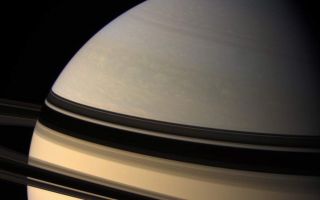
PIA09793: Sliding Shadows
|

PIA09796: Cloud Detail
|

PIA09798: Key Players
|
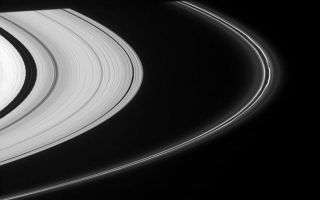
PIA09800: Bright Strands
|
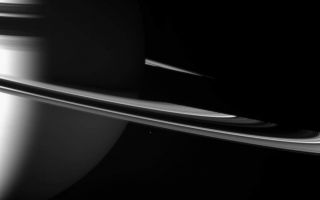
PIA09802: Alone with the Giant
|

PIA09803: Sculpting the F Ring
|
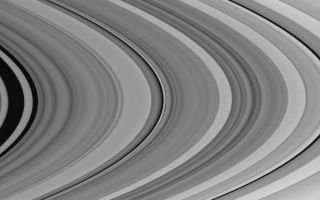
PIA09805: Saturn's Outer C Ring
|
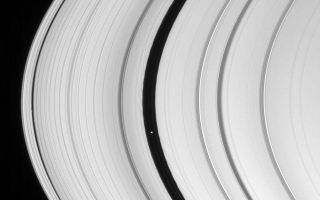
PIA09812: Daphnis and Pan
|
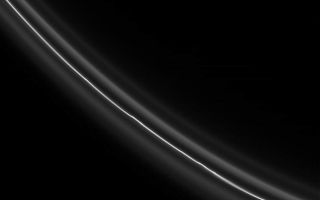
PIA09814: Subtle Kinks
|
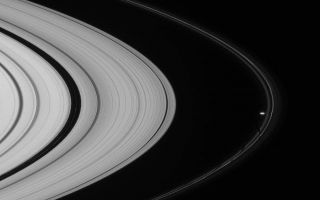
PIA09816: Ring Herders
|
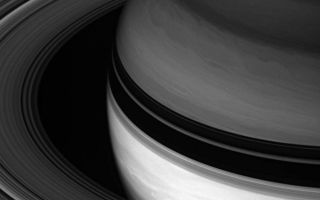
PIA09817: Contrast Across the Shadows
|
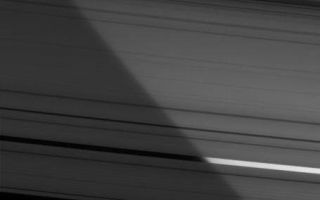
PIA09820: Peering Through the Plane
|
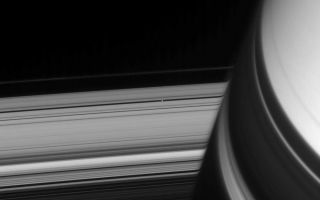
PIA09822: Pan in View
|
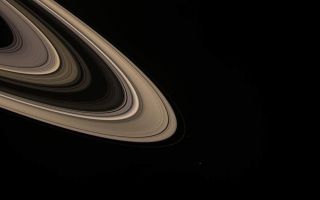
PIA09824: Field of Moons
|
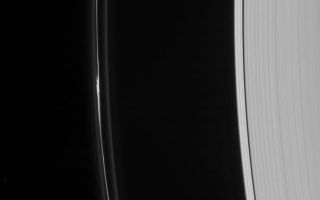
PIA09826: F Ring Knot
|
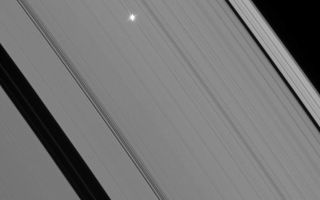
PIA09829: Flickering Antares
|
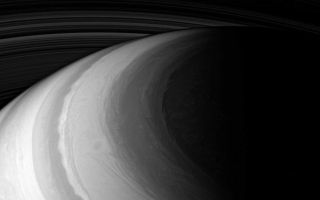
PIA09831: Probing the North
|
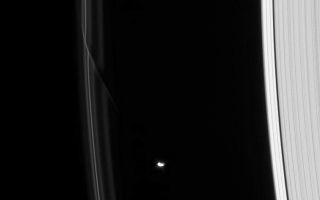
PIA09834: Gravity of the Situation
|

PIA09836: Ring Rocks
|
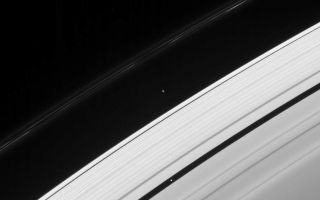
PIA09845: Pan in the Fast Lane
|

PIA09847: Stepping Stone to Dione
|
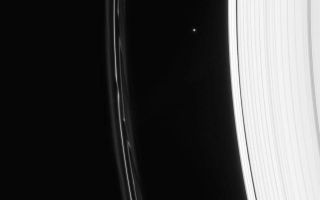
PIA09848: Trailing Prometheus
|
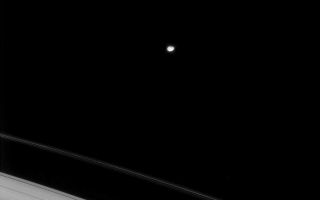
PIA09849: Janus in View
|

PIA09850: Among the Waves
|
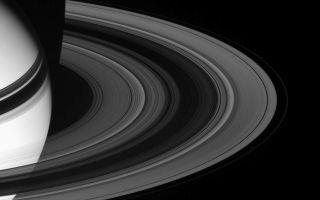
PIA09851: Scattered Sunlight
|
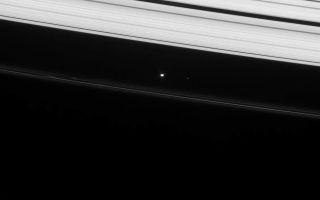
PIA09852: Orbit Quest
|
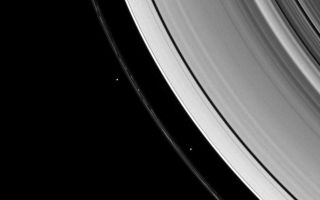
PIA09853: Confining Moons
|
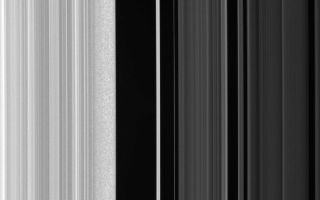
PIA09855: Inspecting the Edge
|
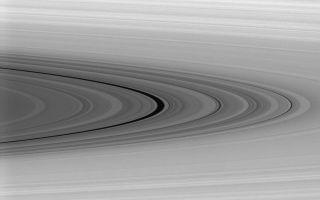
PIA09857: Maxwell's Namesake
|
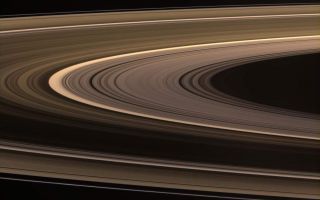
PIA09860: Rings Aglow
|